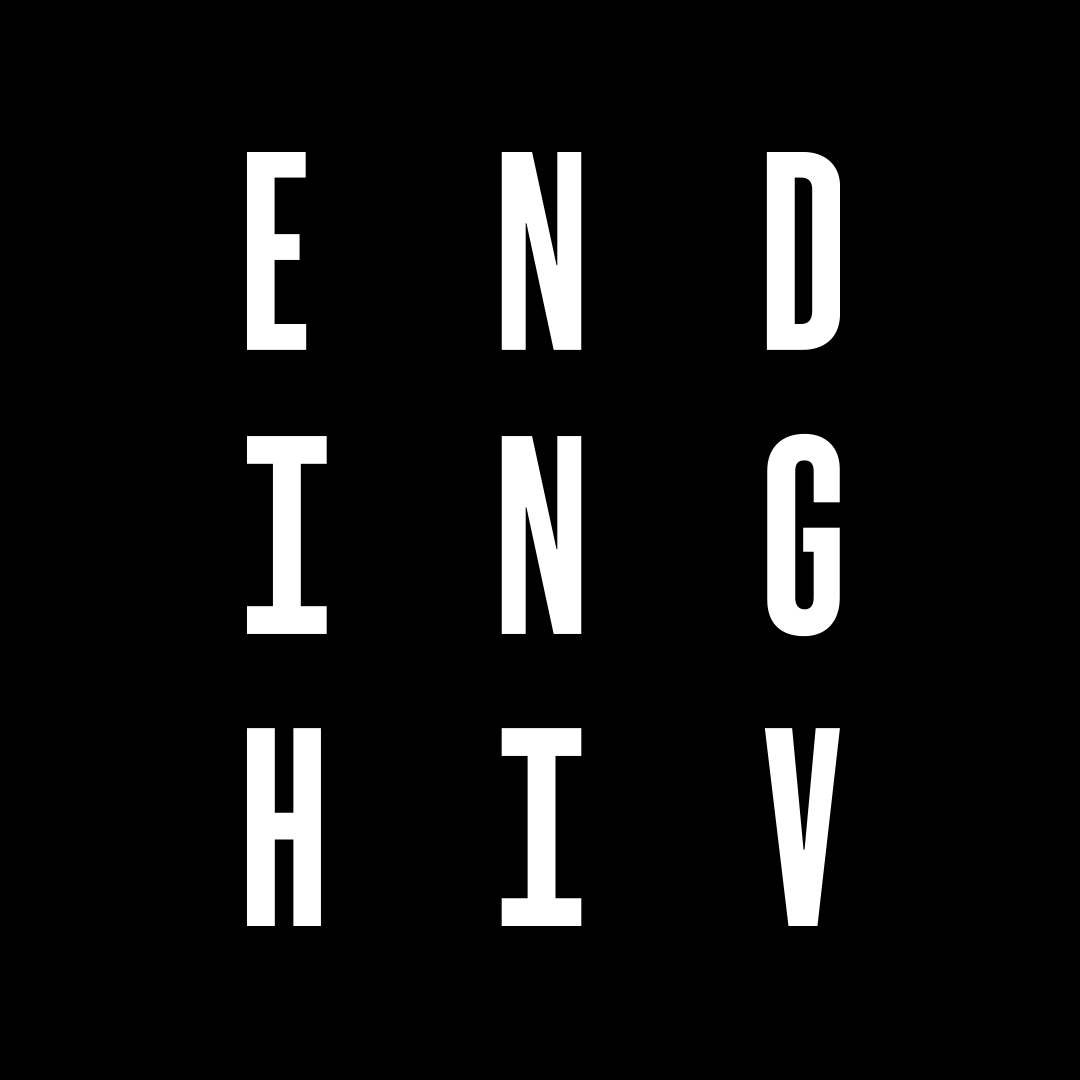Prepped for PrEP
Understanding PrEP, PEP & Truvada. Everything you need to know in one easy location to keep you informed.
From the launch of the EPIC-NSW Study to the Therapeutic Goods Administration (TGA) licensing the use of Truvada as PrEP in Australia, there’s much to be excited about. But with all these names, keeping up to date on the ever-changing HIV landscape can be tricky. Here’s a quick low down on some of the new words you may heard lately.
What is PrEP?
PrEP (pre-exposure prophylaxis) refers to a strategy that HIV negative guys can use to avoid acquiring HIV. Essentially, it’s taking medication on a daily basis that acts as a preventative to HIV infection. Truvada is the name of the drug most commonly associated for PrEP. While you may hear some people use ‘PrEP’ and ‘Truvada’ interchangeably, Truvada is not the only drug for PrEP – there are other alternatives that are equally effective.
In May 2016, Truvada was approved by the TGA to be used for PrEP in Australia. This means doctors can now prescribe PrEP. However, PrEP is not yet listed under Australia’s Pharmaceutical Benefits Scheme (PBS) which means the costs associated with the drug are not subsidised, making it unaffordable for many people.
PrEP as a HIV prevention strategy has been proven extremely effective by studies performed around the world. If we’re to reach our goal of ending HIV by 2020, it’s imperative that we fully utilise any tools that are available, and PrEP is part of that picture.
How does PrEP work?
The PrEP pill is also the same drug taken by HIV positive people to treat HIV. PrEP works by interfering with the virus’ ability to reproduce itself in your body. Because the virus is not able to reproduce itself it gives your body the chance to fight off the virus and prevent infection. PrEP only works if it is in the system before a HIV negative person comes in contact with HIV. This means if you decide to take PrEP don’t forget to take it daily. One thing to note, PrEP is not designed to fight other STIs so it’s important that even if you are on PrEP that you continue to test for STIs at your local sexual health clinic.
What is the difference between PrEP and PEP?
PEP stands for Post Exposure Prophylaxis and just as the name entails, it’s a treatment that’s designed to be taken after potential exposure to HIV. PEP, like PrEP, works by preventing the HIV virus from reproducing itself, but PEP only works if it is taken within 72 hours of exposure. If you think you may have been exposed to HIV you should consider getting PEP as soon as possible. Unlike PrEP, PEP is not intended for prolonged use.
The EPIC-NSW Study and the Kirby Institute
The Kirby Institute is directly affiliated with the Faculty of Medicine at UNSW. They conduct research in a range of areas including HIV epidemiology and prevention, public health interventions and sexual health. The EPIC-NSW Study is a clinical trial run by the Kirby Institute, in collaboration with a number of partner organisations. It will aim to assess the impact of the rapid expansion in access to PrEP amongst those at high risk of acquiring HIV. The results of this study will help guide the outcome of PrEP in Australia. In the meantime and for many wondering what they can do to best protect themselves until the trial results are completed? The answer is condoms and lube! When used correctly, condoms and lube remain one of the most effective ways to protect you from HIV and other STIs.
For more PrEP information and how you can get on PrEP click here
